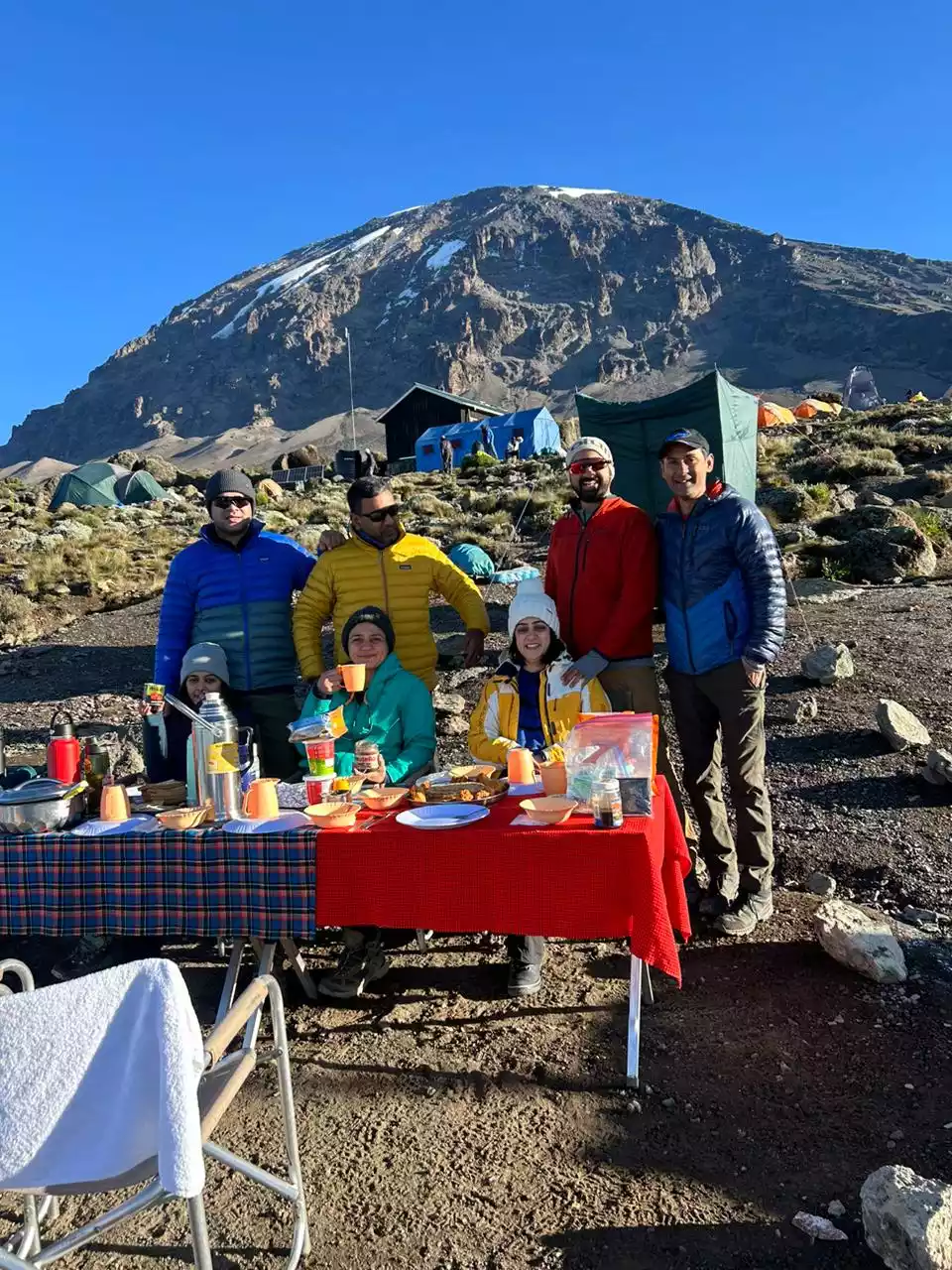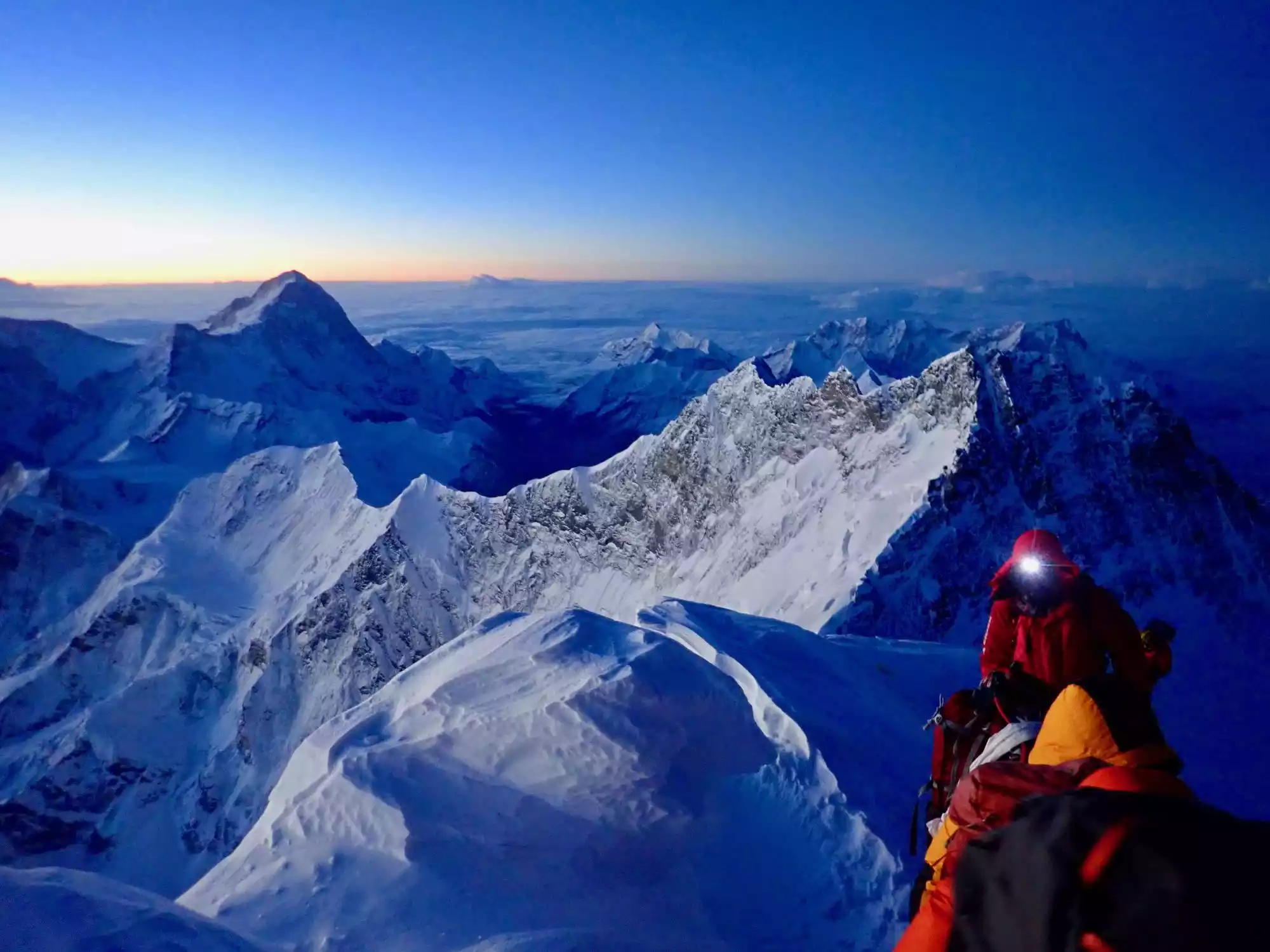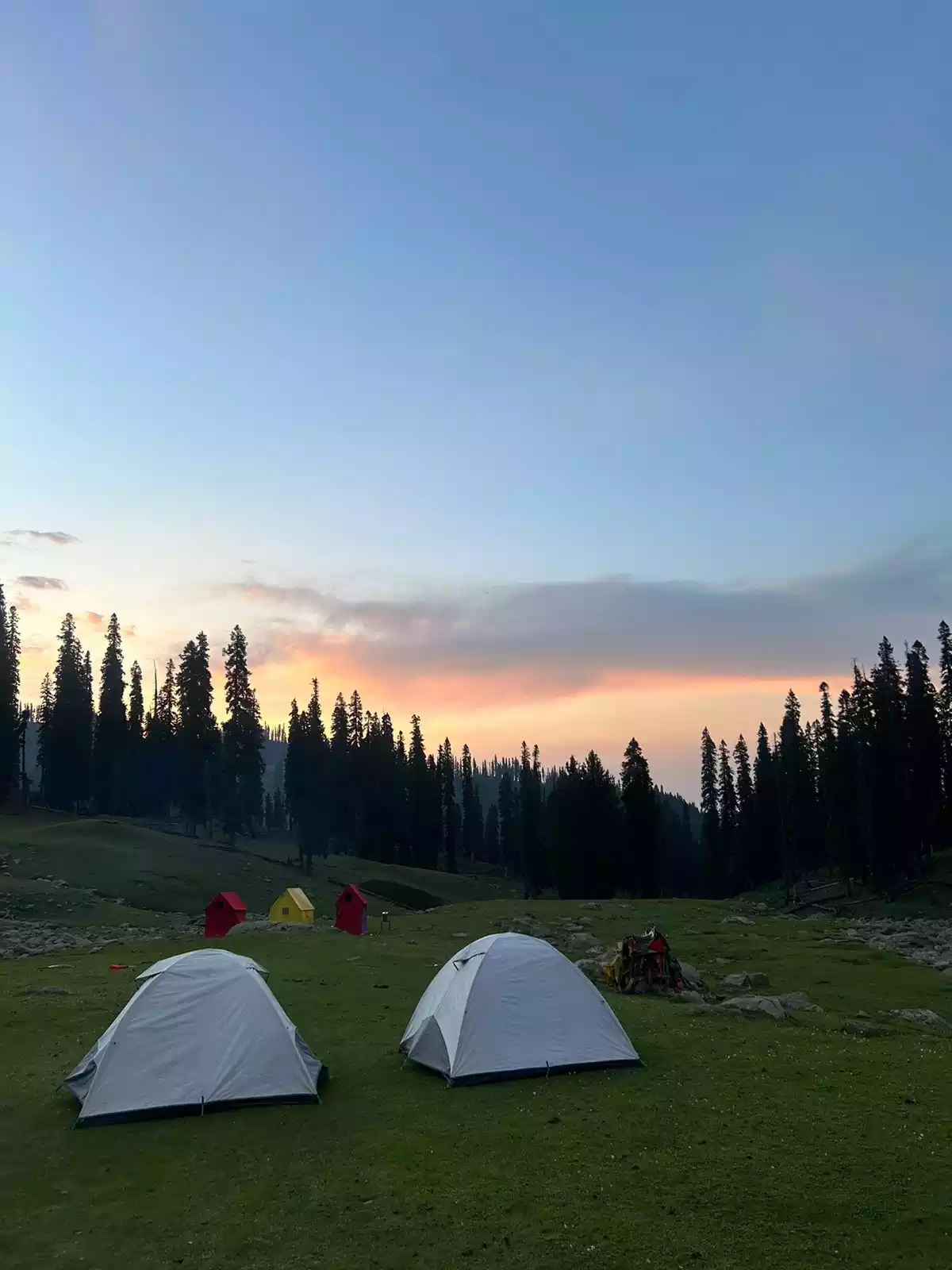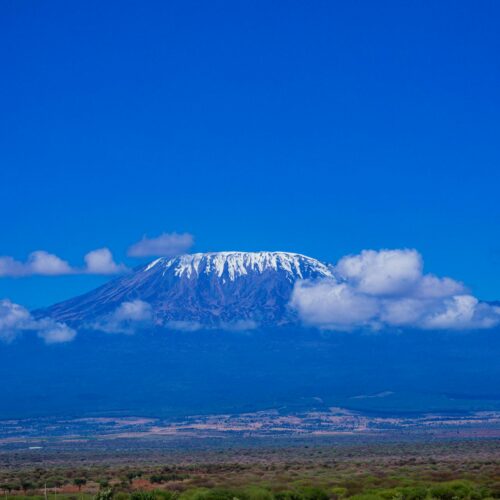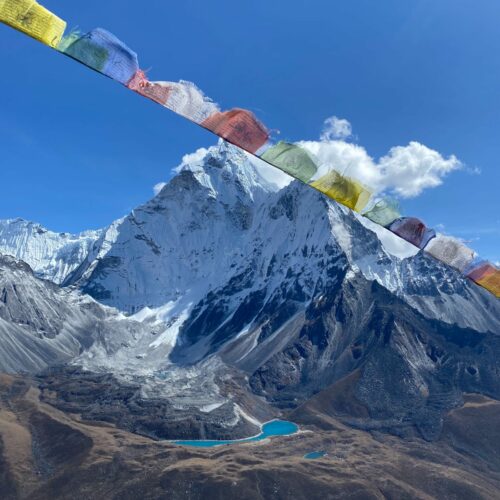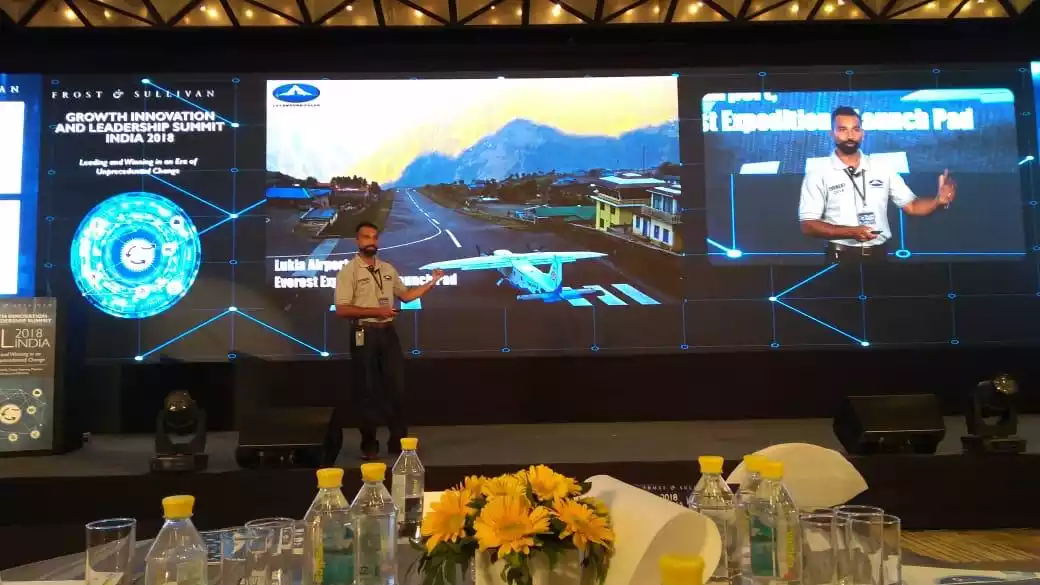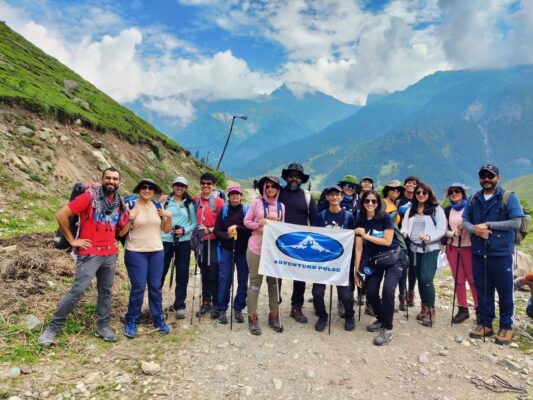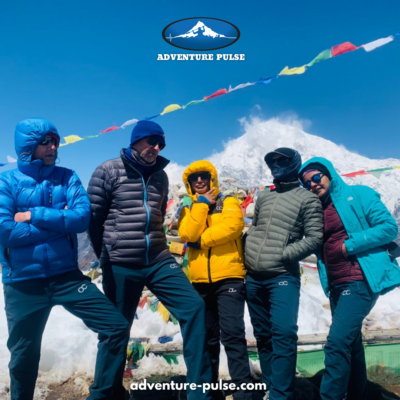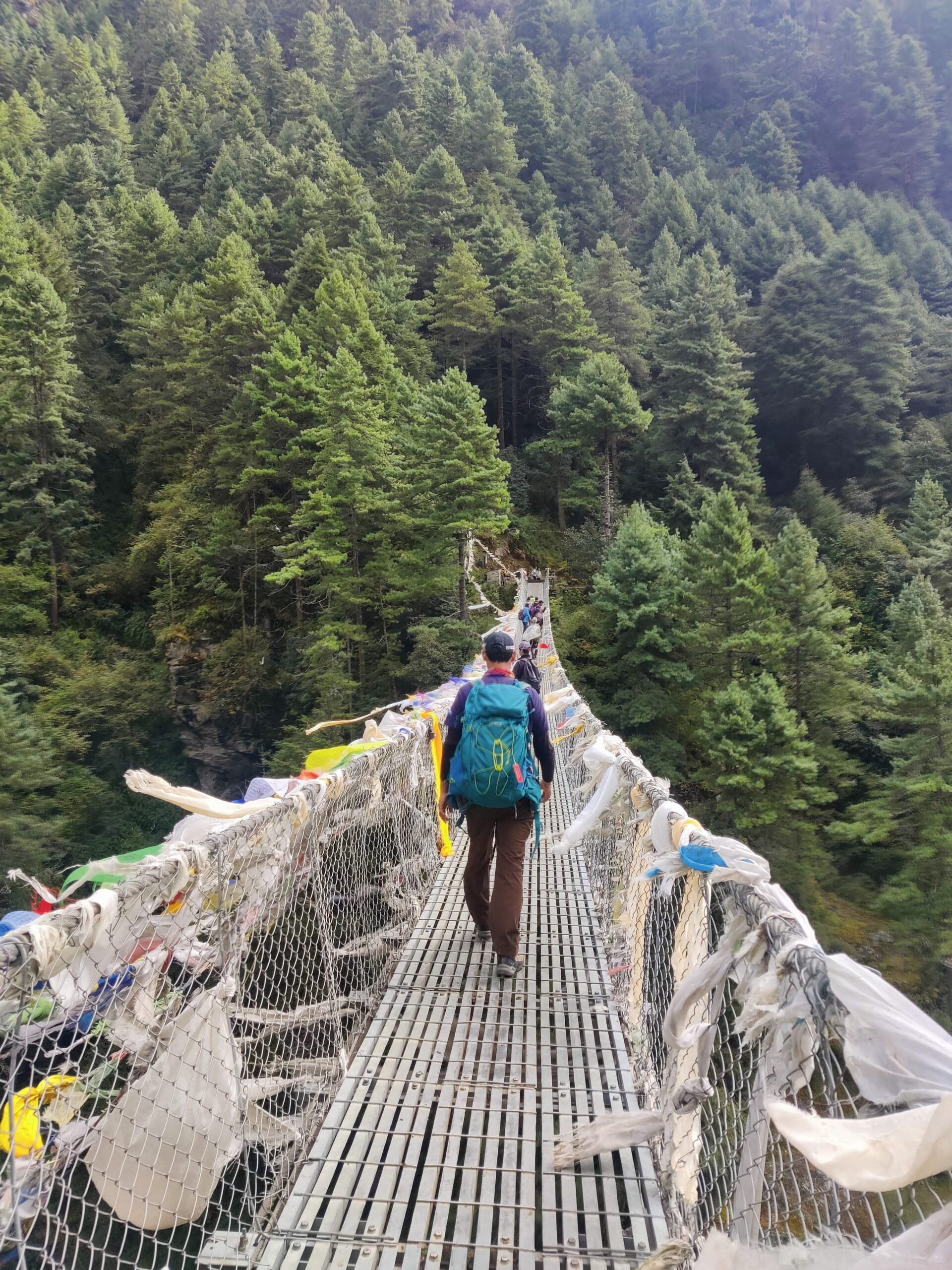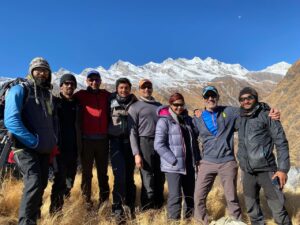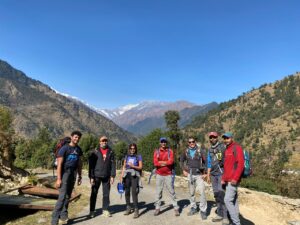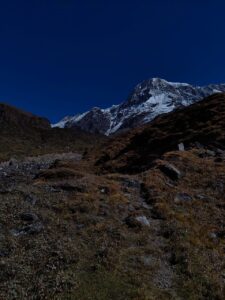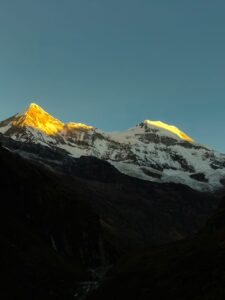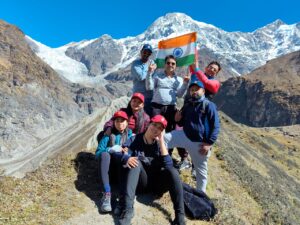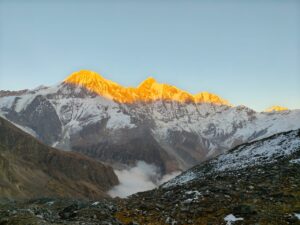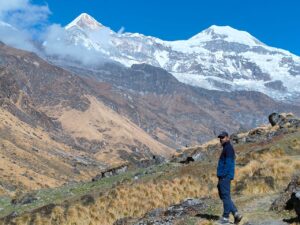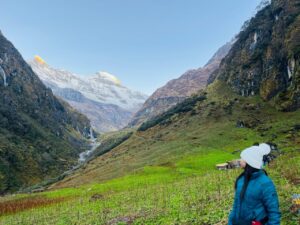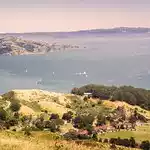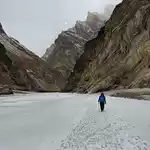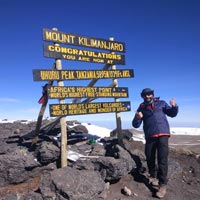Established in 2010
Brief Itinerary
- Day 1: Drive from Kathgodam to Bageshwar
- Day 2: Drive to Khati and trek to Dwali
- Day 3: Trek from Dwali to Phurkia
- Day 4: Trek from Phurkia to Pindari Zero Point and back to Phurkia
- Day 5: Trek from Phurkia to Dwali
- Day 6: Trek from Dwali to Khati and drive back to Bageshwar
- Day 7: Drive from Bageshwar to Kathgodam. The trek ends here.
Inclusions & Exclusions
Trip Cost Includes:
- Accommodation.
- 1 Night in Swiss Tents at Binsar Adventure Camp
- 5 nights camping on the trail
- 1 Night at a Comfortable Hotel in Kathgodam
- All meals in Binsar Adventure Camp, during the trek and in Kathgodam.
- Transportation: Group pickup and drop from Kathgodam/Pantnagar (Individual Pick up/Drop will be on actuals).
- Trekking permits and forest camping charges.
- Trekking Gears: (Tents, Sleeping bags, Mattress)
- Services of an expert Adventure Pulse trek leader. (*For a group of 8 and above)
- Services of an expert trek team. (guides, cooks, helpers)
- Porters to carry your personal luggage.
- Basic first aid kit and medical assistance.
Trip Cost DOES NOT Include:
- International or domestic flights.
- Food during the transit/drive. (To and from the base camp)
- Personal clothing and equipment.
- Any items/services not specifically mentioned under inclusions.
- Travel insurance.
- Any medical costs incurred by you or costs associated with a medical incident, evacuation charges and damage of any nature.
- Optional trips or excursions. Personal expenses of any kind.
- Tips for local staff and guides.
- Costs arising out of unforeseen circumstances such as bad weather, landslides, road conditions and any other circumstances beyond our control.
Things to carry
Download as PDFExtreme temperature variations, high altitude, snow glare & proximity to sun are certain factors which necessitate the need to for proper mountaineering and trekking equipment. In order to enjoy your experience in the mountains, we have recommended that you carry the following with you.
Apparel
- Thermal Inners - At least 1 pair of Top and Leggings
- 6-8 t-shirts or long-sleeve shirt (cotton / dryfit)
- 2-3 pairs of trekking pants (no denim!)
- 1 Sweater/Sweatshirt
- 1 Fleece Jacket
- 1 Down Jacket
- 1 Waterproof Layer like raincoat or wind-cheater
- 1 pair of hiking boots
- 1 pair of comfortable sandals/floaters/sneakers
- 6-8 pairs of cotton socks (for day)
- 2 pairs of thick/woollen socks (for night)
- Gloves - liner and outer
- Sun hat
- Woollen cap
- Buff
Accessories
- Duffel bag / Rucksack (60L+)
- Daypack / Backpack (20-30L capacity)
- Sleeping bag (can be bought or rented in Kathmandu)
- 2x 1L Bottles (to carry drinking water)
- Lunchbox
- Torch + Batteries / Headlamp
- Knee/Ankle/Wrist Guards
- Trekking Poles
- Sunblock
- Sunglasses
- Moisturiser
- Hand Sanitiser
- Personal Medical Kit
- Personal Toiletries Kit
- Snacks!
Fitness
Download as PDF- There are three main aspects of training to focus on – strength training, cardiovascular training, and trekking + trekking alternatives.
- Strength training involves training different muscle groups, so that they can become stronger. There are different exercises for each muscle group, and working them all out 2x-3x a week should be enough to help you get comfortable trekking.
- Legs / lower body - exercises like squats, glute bridges, step ups and leg presses with help you develop stronger muscles in the lower body.
Core - Exercises like planks, bicycle crunches and leg raises can help with core stability; Pilates is also a core-intensive type of workout that will help.
Upper body - Bodyweight exercises like push-ups, pull-ups and dips will help develop these muscles. You can also use resistance bands or light weights to develop them further.
- It’s vital to do plenty of cardio training before your trek, so that you can get the most out of your experience
- Running - This is the most recommended form of cardio activity, as it activates a lot of the same muscles as trekking. Being able to run 10km in 60 minutes will allow you to get the most out of your trek.
Cycling / Swimming - If you have knee issues, or don’t enjoy running, you can also opt for cycling and swimming. Being able to cycling 30-50km or swim for 30-40 minutes, thrice a week, should be good to help you with treks like EBC.
HIIT training / Crossfit - Another option to level up your cardio training is to opt for high intensity aerobic exercises like HIIT or Crossfit, 2-3 times a week
The aim is to get your heart rate up, so you do not get winded on long days of trekking
- Hiking
Try to get outdoors and go for a hike on the weekends! Uphill trails of 4-8 kilometres are will help you get used to trekking. Make it a point to carry a loaded backpack, and walk in your trekking shoes.
- Hiking Alternatives
Climbing stairs, and using the treadmill or stairmaster on an incline, will help prepare you for treks. Make it a point to carry a loaded backpack so that you can get used to the extra weight; and use your trekking boots, so that you can break them in and walk comfortably.
- If you’re confused with all this information, no need to worry! The most important thing with training is consistency, and staying injury-free. Your training week should ideally have
Strength training - 3 sessions
Cardio training - 3 sessions
Hiking - 1 long session, best on the weekends
Rest and stretching - at least 1 day
FAQs
Featured Blog Posts
 Pindari Glacier Trek: Everything you Need to Know. - The Pindari Glacier Trek is an 8-day trek that explores the Kumaon Region of Uttarakhand. The trek has the same…
Pindari Glacier Trek: Everything you Need to Know. - The Pindari Glacier Trek is an 8-day trek that explores the Kumaon Region of Uttarakhand. The trek has the same…

